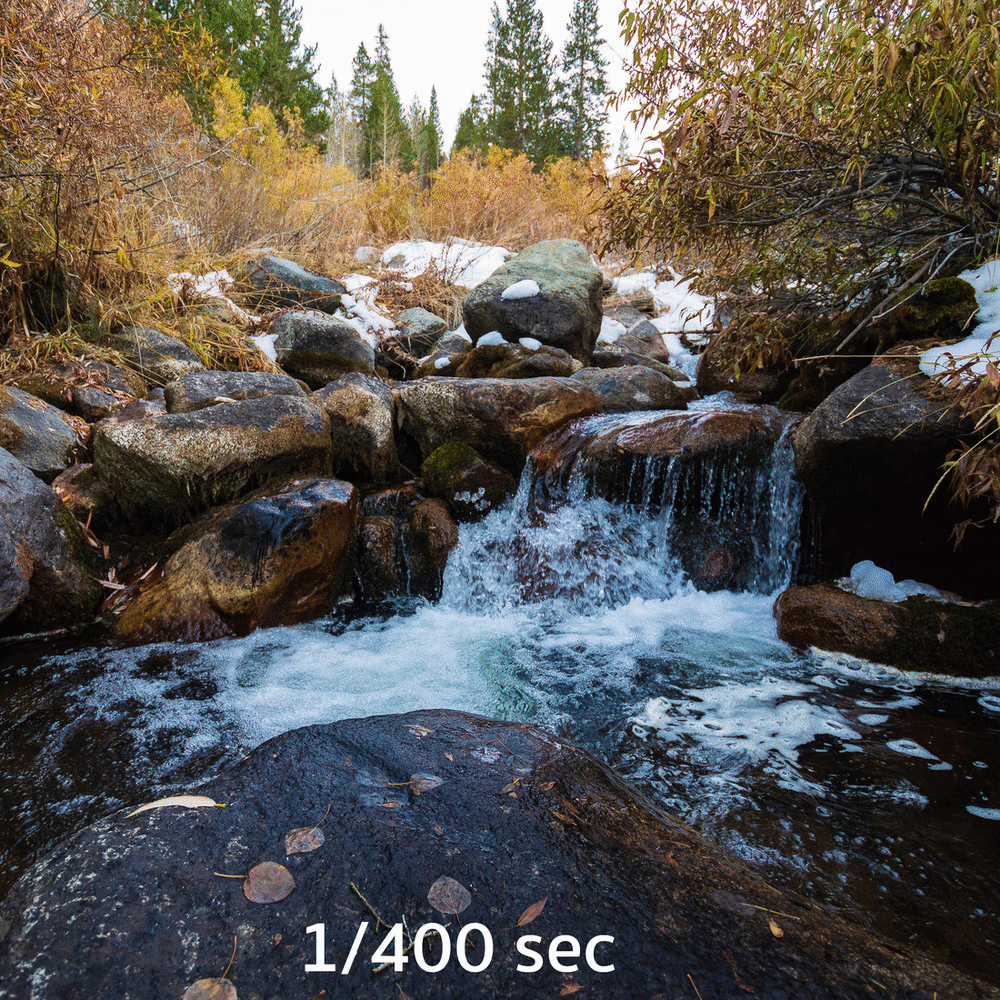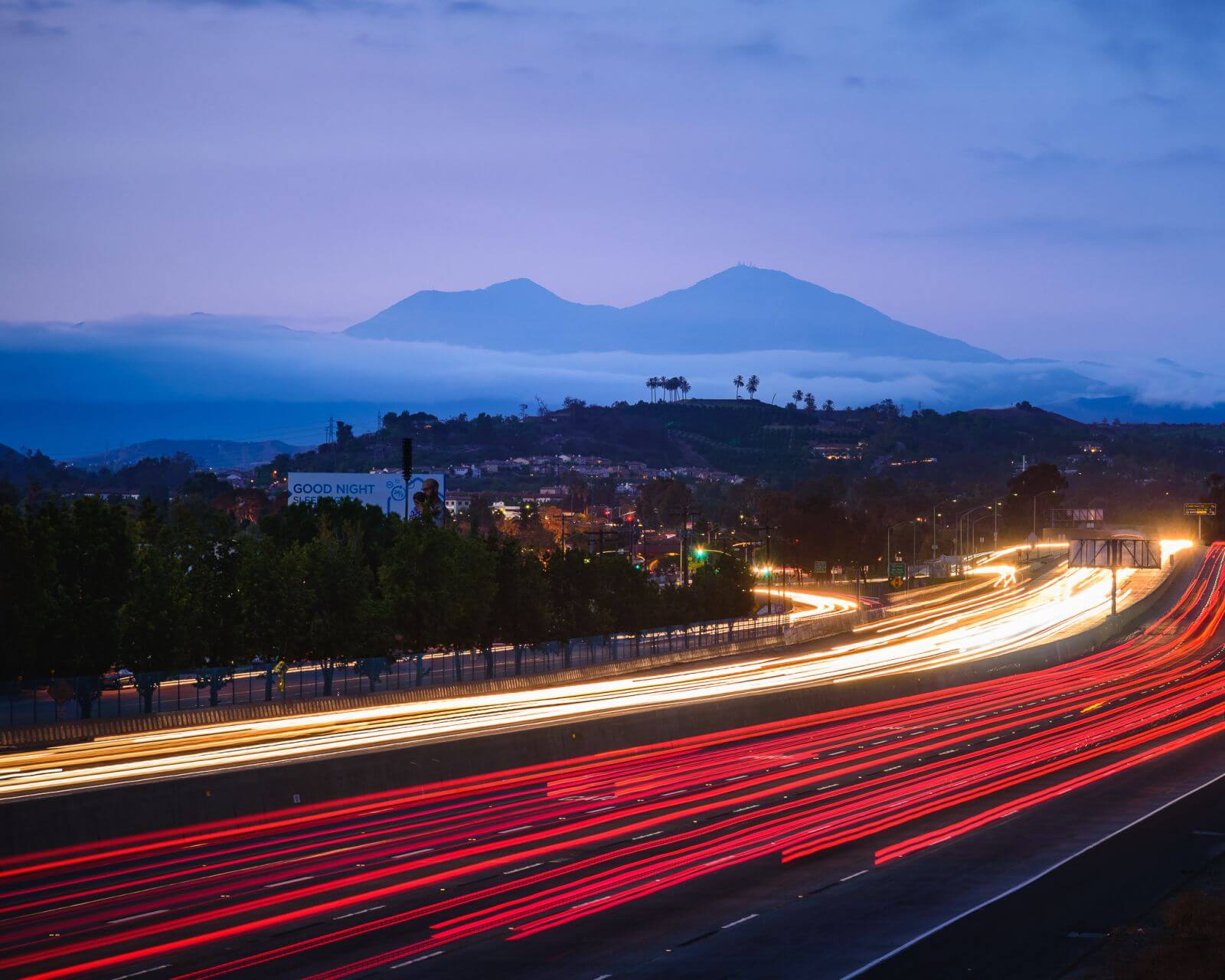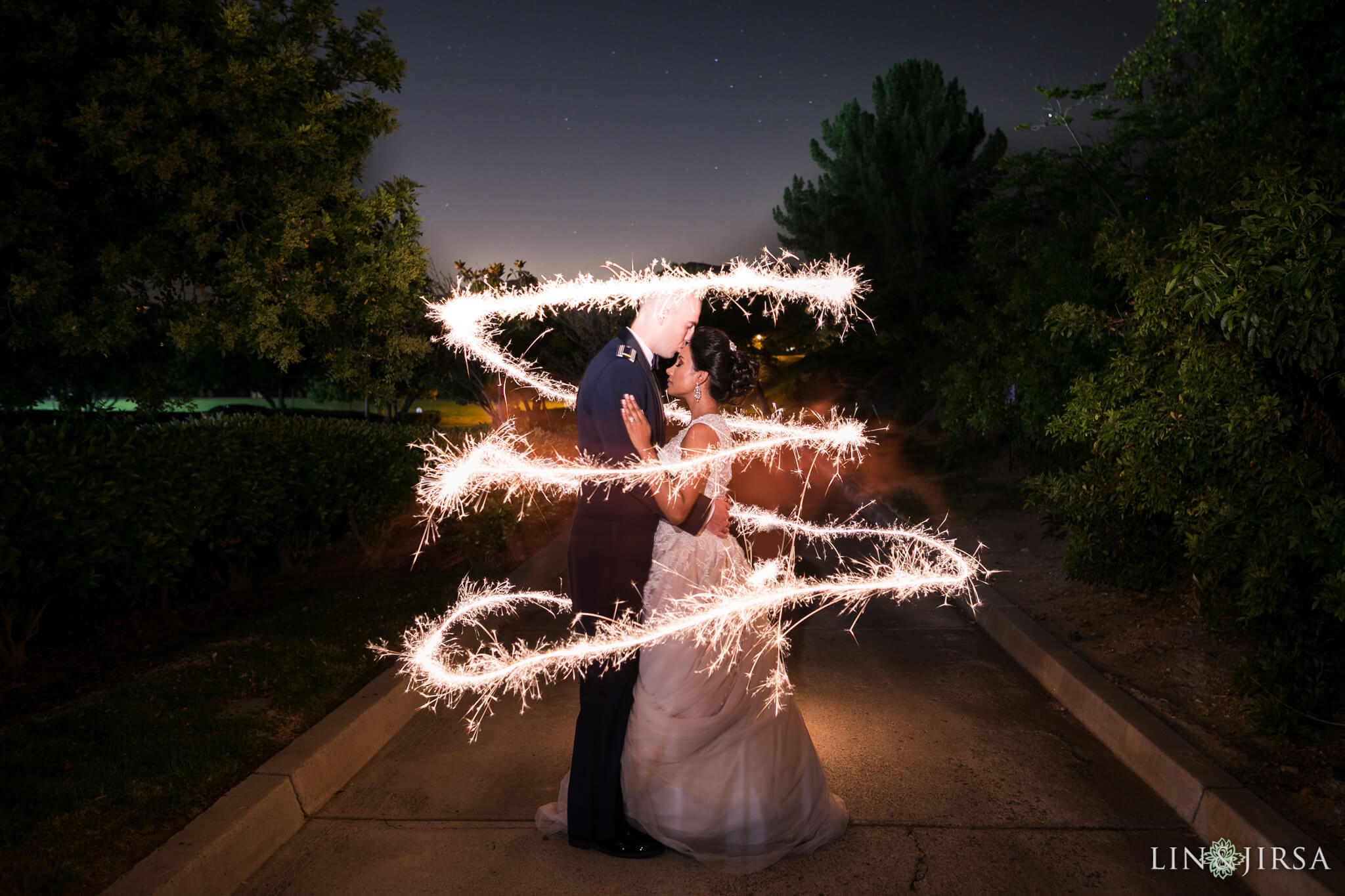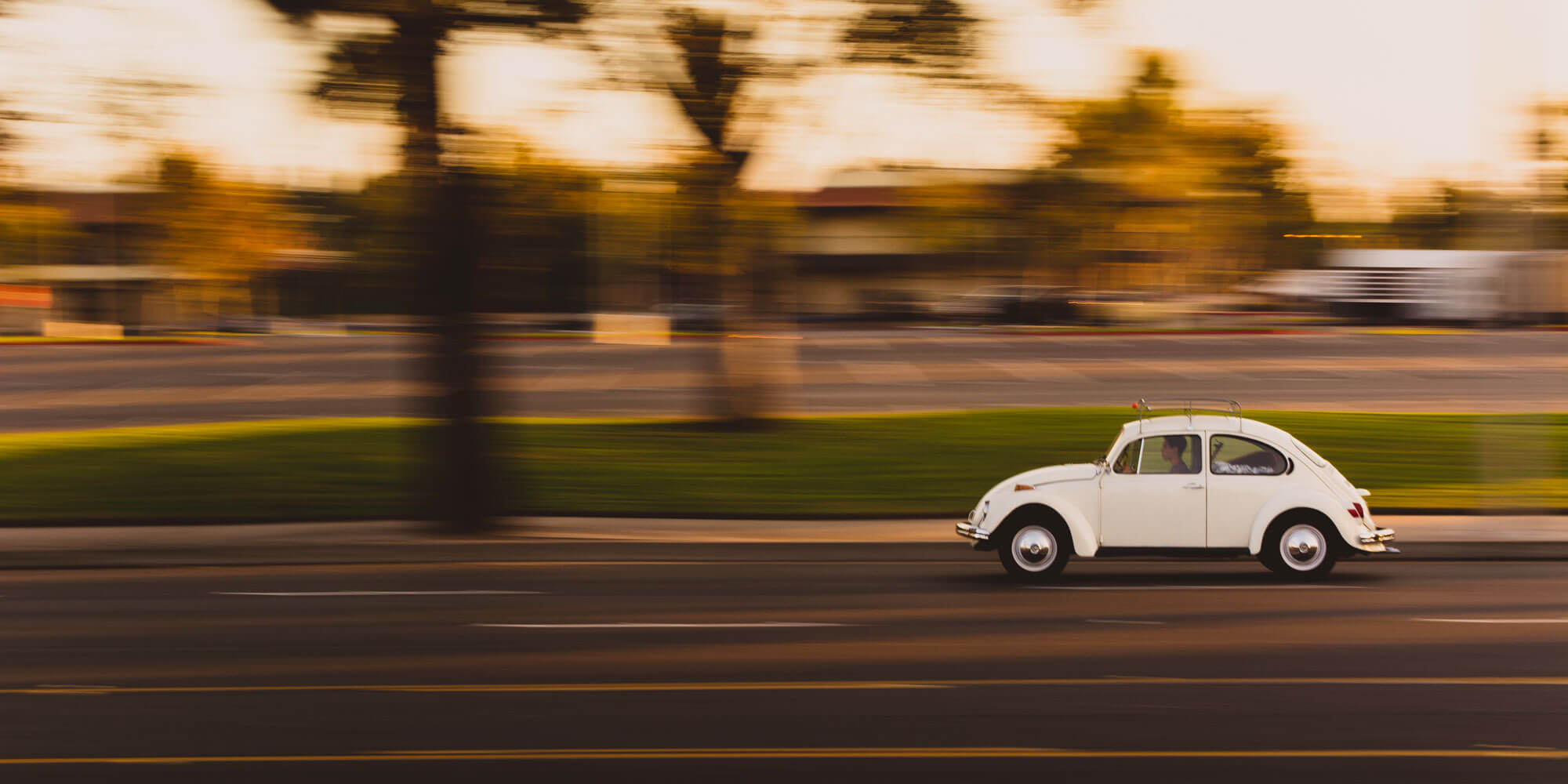We don’t often associate photography with movement, but some of the best photographs taken emphasize motion. Motion blur photos, also known as shutter drags or long exposures, can show speed, action, or the passage of time. We can use it to create dynamic images of objects that are moving, such as crowds of people, animals in the wild, or a car speeding down the road. Follow these motion blur photography tips and use this technique whenever you want to emphasize and focus on movement in your photos.
Motion Blur Photography Tips
- Slow Your Shutter Speed
- Let the Object/Subject Do the Moving
- Pan the Camera
- Use a Tripod
- Take Advantage of Slow Sync Flash
- Create a Composite
Motion Blur Photography Tip #1: Control the Shutter speed

Slowing down your shutter speed will provide instant blur. This allows the shutter of your camera to stay open longer so that your camera ‘sees’ the movement you’re trying to capture. Experimenting is key to determine the best shutter speed for the occasion. Anything below 1/100 should allow you to capture some movement from your subject. Exactly how slow you should set the shutter speed will vary depending on available light and the relative speed and distance of the object/subject you’re photographing. For example, you’ll need to have a different shutter speed for capturing an overhead jet plane vs. a moving worm. Moreover, capturing motion during daylight hours will limit your range for slowing your shutter speed. We’ll discuss how to deal with this below.
Minimizing Light and Shutter Speed Issues
The slower your shutter speed, the more light gets let in, which can overexpose your shot. You have a number of ways to control the amount of light that reaches your sensor when shooting with a slow shutter speed. The simplest way to avoid overexposure with a long shutter speed is to wait for the light to change, ie, to get darker. If you’re unable to shoot at night, however, use one of the three options below when practicing motion blur photography:
- Use Small Apertures: One way to reduce the amount of light you’re getting in your shot is to change the size of the hole that the light is coming through. This will mean adjusting your camera’s aperture.
- Lower your ISO: Another way you can reduce the amount of light in your shot is to adjust your ISO setting. By lowering your ISO, it will make your camera’s sensor less sensitive to light. The lower your ISO goes, the more you’ll be able to choose longer shutter speeds too.
- Try a Neutral Density Filter: Another option to consider when practicing motion blur photography is to use a neutral density filter. These filters cut down the amount of light that passes through your lens, which also allows you to use a slower shutter speed.
You can also use a polarizing filter. While this will cut down some of the light, however, polarizing filters can also impact the look of your photo, changing the color of the sky, for instance. It’s something to keep in mind.
Utilize Shutter Priority Mode (If You Have It)
To achieve the right motion blur effect, you’ll want to emphasize movement as much as possible with your shutter speed, which we discussed above. Even just a small change in your shutter speed can have an impact on your motion blur photography. Optimizing your camera with the right mode will give you full control over your shutter speed. So where possible, either switch your camera into full Manual Mode or Shutter Priority Mode. This allows you to choose your shutter speed while the camera takes care of everything else, like Aperture. This will ensure that your photo is well-exposed.
Tip #2: Let the Object/Subject Do the Moving

To get a feeling of movement in your photos, there are really two ways. The first way involves using a slow shutter speed and keeping your camera stationary. Let the object or subject that you’re photographing do the moving. Photographers often use this technique to photograph passing cars, waterfalls, and more.
Motion Blur Photography Tip #3: Pan the Camera
Panning is simply moving your camera along with the object that’s moving. This allows your photo to come out in focus with the background blurred. Similar to the effects of shallow depth of field, this technique works well to separate the subject from the background.
Tip #4: Use a Tripod
If you’re going to focus on keeping your camera still and focus on the movement of your object (this is the most common way to achieve motion blur photography), then you’ll need to make sure that your camera is secure and kept perfectly still to achieve the best motion blur image.
A tripod is a fantastic tool to use for taking great motion blur shots. It may seem counterintuitive to use a tool built to eliminate (or at least minimize) motion when capturing motion blur photography images, but it actually gives you more control of the motion you’re capturing.
Motion Blur Photography Tip #5: Take Advantage of Rear Sync Flash

Another option to consider as you’re developing your motion blur photography skills is to try out using a Rear Sync Flash. A Rear Sync Flash combines both longer shutter speeds with the use of flash so that elements within your motion blur photo are frozen in place, while others will appear blurry. Wedding photographers use this technique to great effect for sparkler images (like the one posted above) and dance floor shutter drag photos.
Tip #6: Create a Composite
You’ll find one of the coolest applications for motion blur photography in the form of composite portraiture. Composites allow us to create otherwise impossible photographs and elevate our images in one swoop. Check out this two-part video series from our friends at SLR Lounge and Adorama to learn more about incorporating flash and motion blur in a composite image.
Video 1: How to Incorporate Motion into Flash Photography, Part One
Video 2: How to Incorporate Motion into Flash Photography, Part Two
Conclusion
I hope you enjoyed these 6 motion blur photography tips. Motion blur photography is about experimenting and finding the right shutter speed and aperture that provides the result you’re looking for. Give it a try today.


